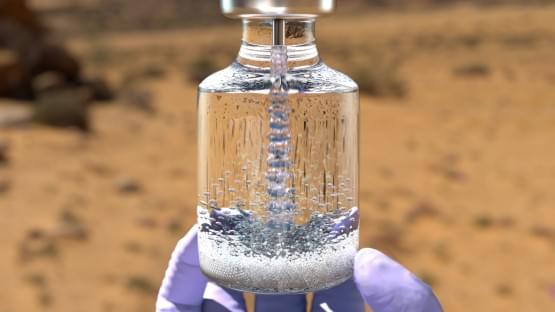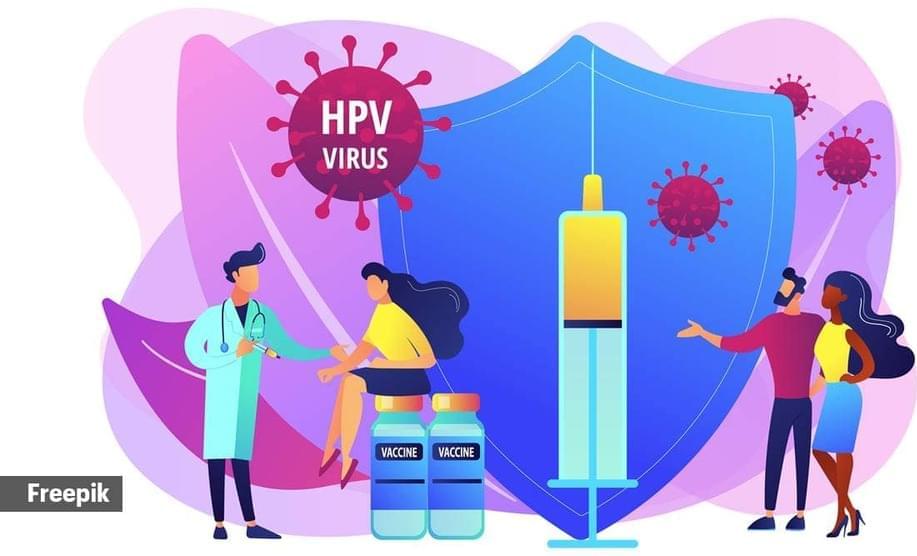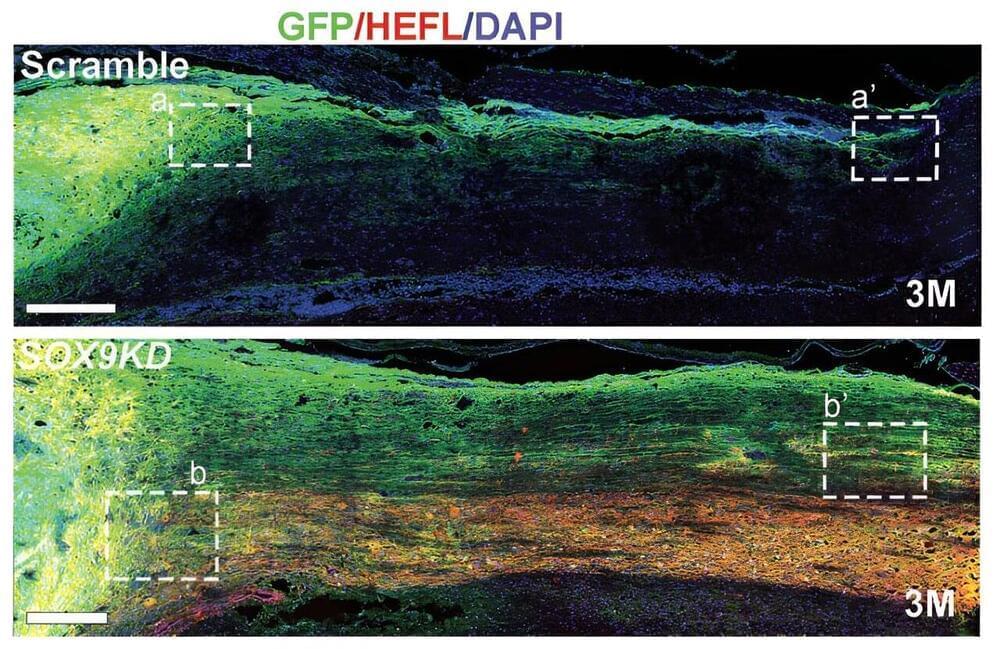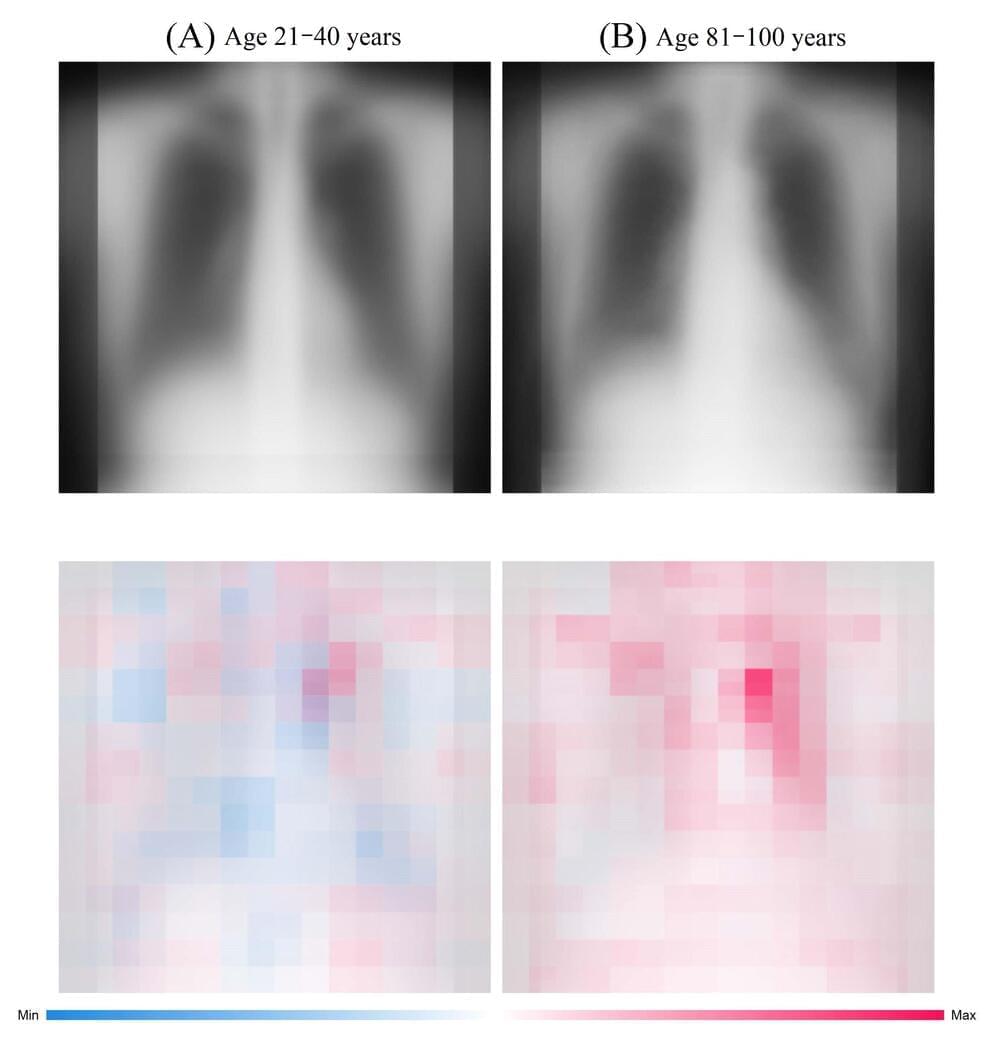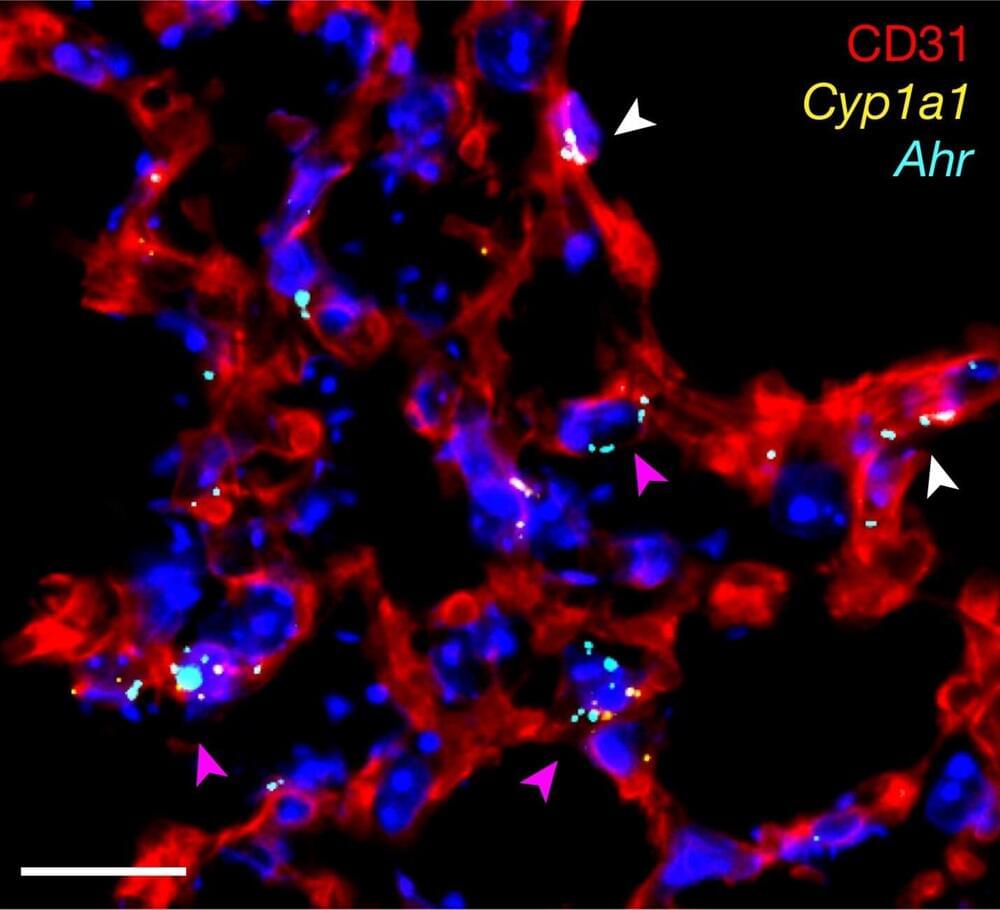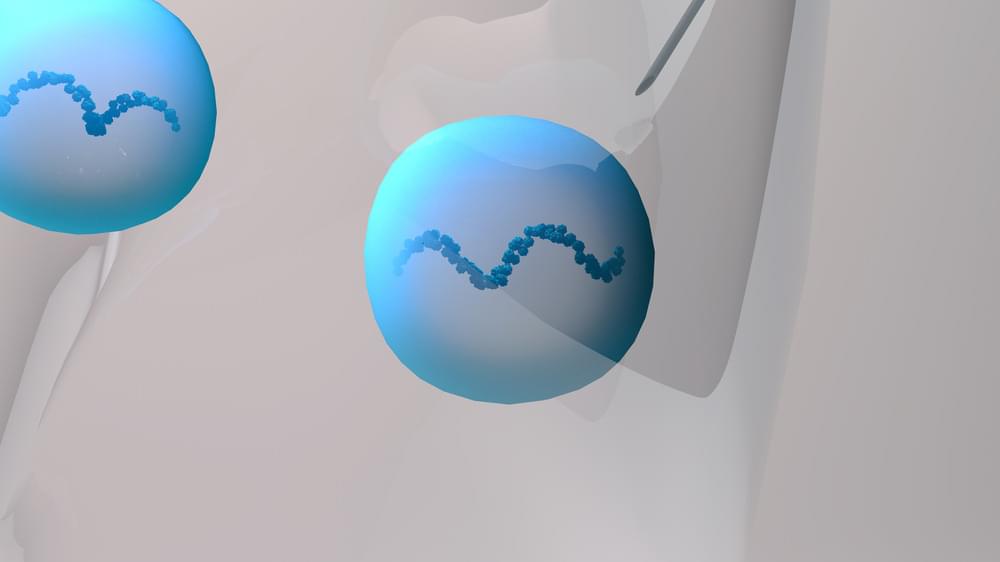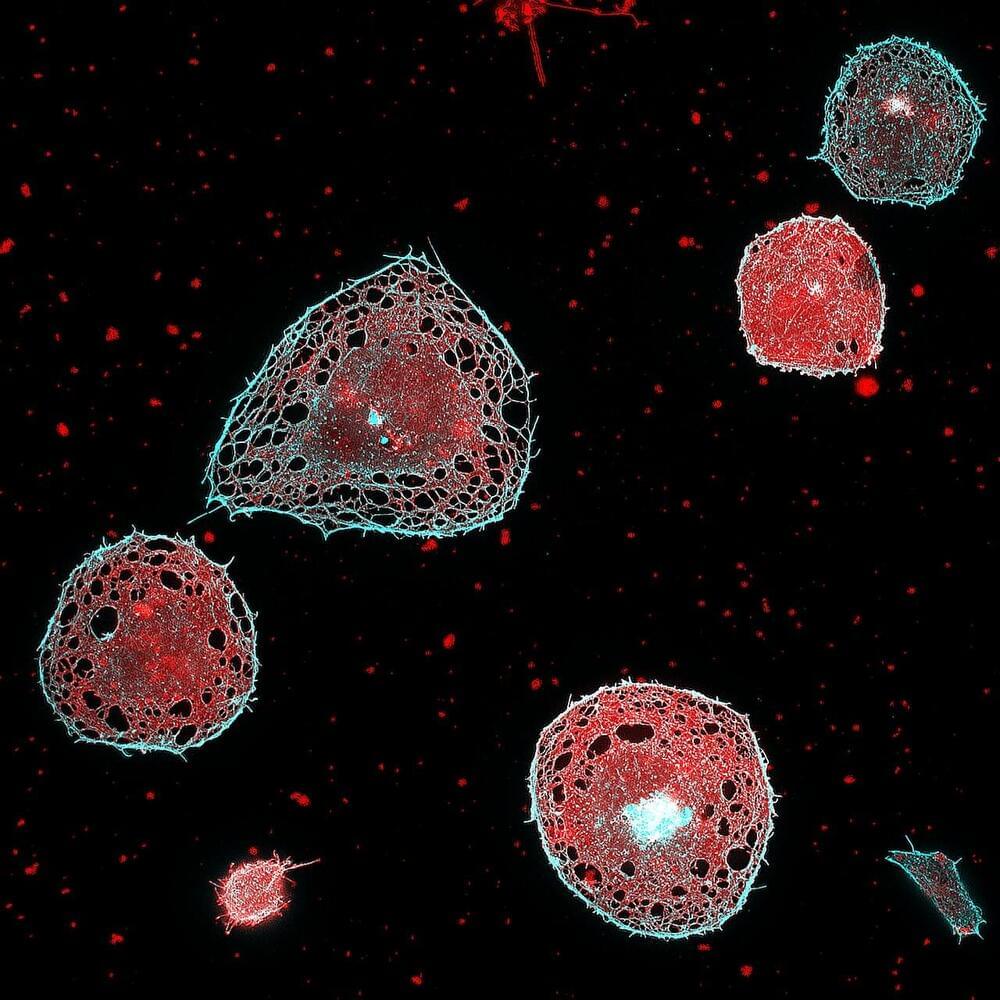Since this book is about what I consider intellectual subject matter, I think it’s relevant to keep brains in top shape and thought it would be important to share this. You probably know about this sort of thing but I didn’t know the specific nutrients needed and what was lacking in people with Alzheimer’s. Best wishes.
Alzheimer’s disease is a progressive neurodegenerative disease estimated to affect 6 million Americans and 33 million people worldwide. Large numbers of those affected have not yet been diagnosed.
A new study published in the Journal of Alzheimer’s Disease by a Virginia Tech Carilion School of Medicine faculty member shows that brain levels of dietary lutein, zeaxanthin, lycopene, and vitamin E in those with Alzheimer’s disease are half those in normal brains. Higher dietary levels of lutein and zeaxanthin have been strongly linked to better cognitive functions and lower risk for dementia or Alzheimer’s disease.
“This study, for the first time, demonstrates deficits in important dietary antioxidants in Alzheimer’s brains. These results are consistent with large population studies that found risk for Alzheimer’s disease was significantly lower in those who ate diets rich in carotenoids, or had high levels of lutein and zeaxanthin in their blood, or accumulated in their retina as macular pigment,” said C. Kathleen Dorey, professor in the Department of Basic Science Education at the medical school. “Not only that, but we believe eating carotenoid-rich diets will help keep brains in top condition at all ages.”

